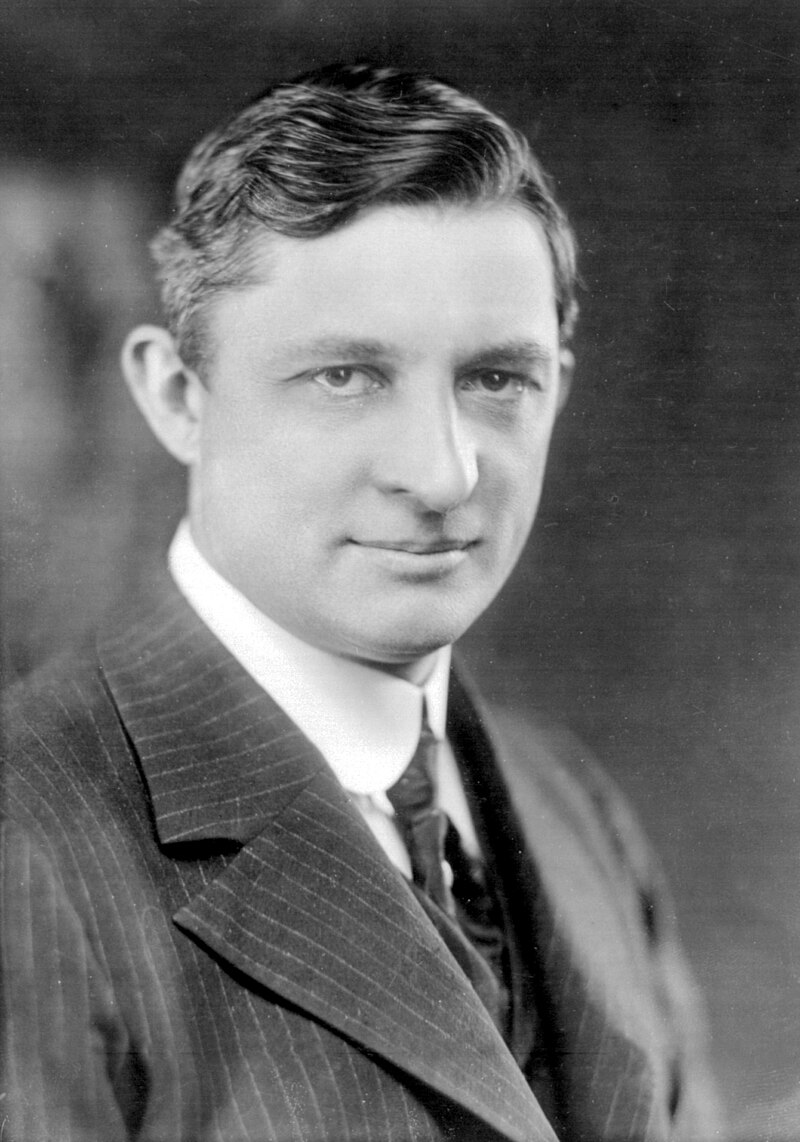In my
continuing quest for something consistently watchable (and knowing full well
that Season Two of Bosch: Legacy is
coming back in October), I happened across the web-based series Dahaad, and it’s a keeper. The title translates as “Roar,” in Hindi, and
the show itself might be described as Bollywood noir. This is not to damn it
with faint praise.
For openers, the Indian film industry is the biggest in the world; “Bollywood” refers more particularly to the subset of Hindi cinema, and as a pejorative, to the happy-sappy musical features and romances (masala movies) that have historically been tentpole successes for the major studios. There’s more diversity than these labels suggest.
Dahaad begins with the customary product awareness warning, but instead of assuring us no animals were hurt, it tells us we might get hurt feelings. There is, for example, Hindu-Muslim violence; there’s caste discrimination; the police and body politic are corrupt; brutality against women is a commonplace. There’s even sex – discreet, by American standards, but the fact that it’s there at all is probably grounds for pearl-clutching. In fact, my guess is that Dahaad has something to offend everybody.
The basics. It’s a police procedural. They’re trying to chase down a guy who preys on women. A serial. So far, so good. You’re thinking you’ve seen it before. But not exactly. The thing that drew me in is that the crimes – the opportunity, the M.O., and the baseline, what makes the victims victims – is generated by the culture. It’s in no way separate, or free-floating. The brutalization of these women, as we might say of all women, is socialized.
This is of course not peculiar to Indian society, or to Hindu social practices specifically, but in this case, the women have been led to believe they’re of no value, if they haven’t married by a certain age. The bait is a love match, an escape from convention, deceit masquerading as rescue. They elope, and abandon their families – the families return the favor, their daughters having shamed them – and when the women later turn up dead, suicides, who will claim them? They’re nobodies twice over.
So the first hurdle in the story is even realizing there’s been a crime, then the realization that there have been dozens of murders, over a period of years, and lastly to understand that it’s a pattern, that they’re dealing with a hidden, methodical psychopath.
Other pressures and prejudices interfere with an effective pursuit. Predictably, the chain of command is influenced by politics and religion, not to mention nepotism, bribery, class, and clan. The investigating officer is a woman, still single in her early 30’s, and of a lower caste, so she’s unclean. All the minor aggravations and humiliations obtain. But she keeps plugging away.
You know early on who the guy is, and so do they, about halfway through. But they can’t pin it on him. One of the sidelights is that the series is really procedural. The storyline doesn’t get wrapped up all that neatly; it plods, a bit. The cops get frustrated.
You have to give it two episodes, at least (out of eight, total), to get used to the rhythm. It’s in Hindi, or a choice of language soundtracks, subtitled in English. The subject matter is definitely creepy. These things mitigate against. I, on the other hand, think the positives reward attention. The two lead cops, and the bad guy, held me all the way. The heroine, Sonakshi Sinha, is well-known as an actress – if not to me – and exceedingly glam, from her stills in previous parts. She definitely mutes it, in this show.
There’s one scene I thought was gratuitous, or even cruel. The cop’s mom keeps bugging her to settle into marriage, and tries to set her up with potential suitables. Finally, the daughter blows up at her, and deals out crime scene photographs of the dead women. This is what happens, the cop tells her mother, to desperate people, because they’ve been led to believe they have no value, and they grasp at straws. This is what happens. They’re found dead. Do you understand how a mother like you made them victims?
Of course I’m not a Hindu woman of marriageable age, and I felt the scene was preachy and hurtful. But when I thought it through, it occurred to me that there might be quite a few young Hindu women who’d watch that scene and pump their fists, and shout out loud, You go, girl!
Dahaad is about being heard.









































